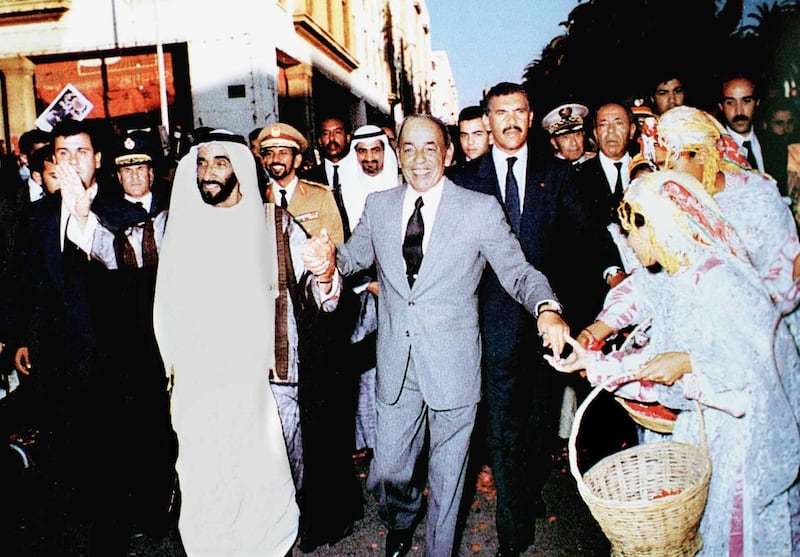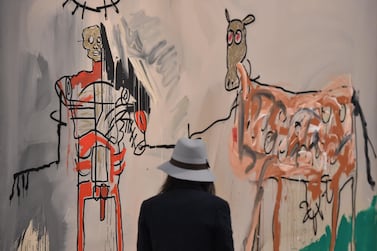Morocco and the UAE are like twin brothers, the country's ruler, King Mohammed VI, observed in a speech last year, while paying tribute to Sheikh Zayed, the Founding Father. All that separated them, the king pointed out, was geography.
That is no small matter. Morocco’s capital, Rabat, is nearly 6,000 kilometres from Abu Dhabi. It’s the greatest distance that Rabat is from any other capital city in the Middle East, with the exception of Muscat. Abu Dhabi is closer to London, Berlin and Paris than Rabat. At its nearest point, Morocco is only 15 kilometres from Europe and the coast of Spain.
Yet for his father, King Hassan II: “Whenever he wanted to describe relations between the Moroccan people and the people of the UAE, he could not find in the dictionary a more fitting description than that of brotherly, most cordial relations.”
The fourth Morocco in Abu Dhabi festival, which opens this weekend at Abu Dhabi National Exhibition Centre (Adnec), celebrates that bond and allows visitors to explore the culture and heritage of the most westerly country of the Arab world without taking an eight-hour flight.
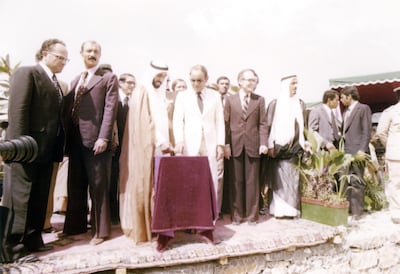
Sheikh Zayed spearheaded the close relationship
The relationship between the UAE and Morocco was forged under the leadership of Sheikh Zayed. Sheikh Zayed paid his first official visit as President of the UAE to Morocco in 1974, when he was invited by King Hassan to open the new Sidi Mohamed ben Abdellah Dam.
It was the start of closer relations between the two countries, and a joint interest in maintaining peace and security across the region.
The two rulers met many times, a relationship that continued under King Mohammed, who succeeded his father in 1999, and the death of Sheikh Zayed in November 2004.
The Moroccan ruler was presented with the Order of Zayed, the country’s highest order for heads of state in 2015, when he also attended the celebrations for the 44th National Day at Zayed Sports City.
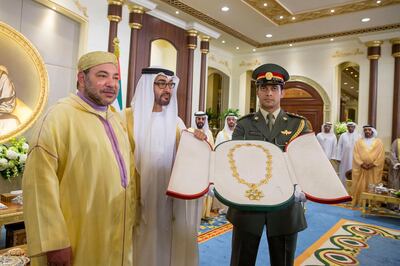
Morocco's King Mohammed VI is a frequent visitor to the UAE
King Mohammed was last seen in the UAE in September for talks with Sheikh Mohamed bin Zayed, Crown Prince of Abu Dhabi and Deputy Supreme Commander of the UAE Armed Forces, but made time to visit the famous Turkish restaurateur “Salt Bae” at the outpost of his eponymous Nusr-Et restaurant in Dubai, an occasion recorded on Instagram.
The UAE has also supported Morocco through investment and humanitarian aid. 1993 saw the creation of the Sheikh Zayed Foundation in Rabat, an initiative to improve healthcare through teaching, research and better hospitals.
Three years earlier, Sheikh Zayed had laid the foundation stone for the hospital in the Moroccan capital that bears his name.
The UAE lent Morocco part of the Burj Khalifa's construction team
Most recently, the UAE embassy in Morocco announced in February that it was distributing food and humanitarian aid to people in the country’s drought-prone mountainous region. Also, working through Masdar, a solar energy programme completed last November has brought off-grid energy to nearly 20,000 homes in 1,000 villages.
The UAE’s influence in Morocco can be seen in other ways, too. Six years after its creation in Sharjah in 2003, budget airline Air Arabia established Air Arabia Maroc, a joint venture with routes from Casablanca into many European cities and a boost for the country’s tourism.
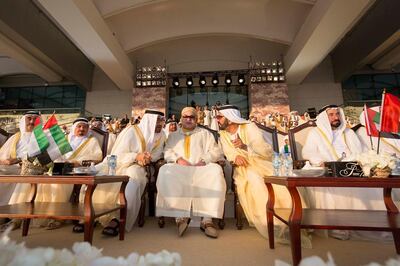
What will be Africa's tallest building, the 250- metre Mohammed VI Tower, due to be completed in Rabat in 2022, is being constructed by the Besix group, which played a major role in the construction of the Burj Khalifa and the Sheikh Zayed Grand Mosque.
Dubai is a magnet for Moroccan artists and performers
The cultural connections flow both ways. Morocco has long been a popular destination for Emiratis. For an estimated 100,000 Moroccans, the UAE is home, making them one of the largest communities from North Africa living here. Dubai has become a magnet for numerous Moroccan artists and performers, among them, the pop artist, photographer and filmmaker Hassan Hajjaj, dubbed the “Andy Warhol of Marrakech”.
The influences of the Maghreb feed the stomach as well as the soul, with numerous restaurants such as Tagine at One&Only Royal Mirage, and Almaz by Momo, with branches in both Abu Dhabi and Dubai.
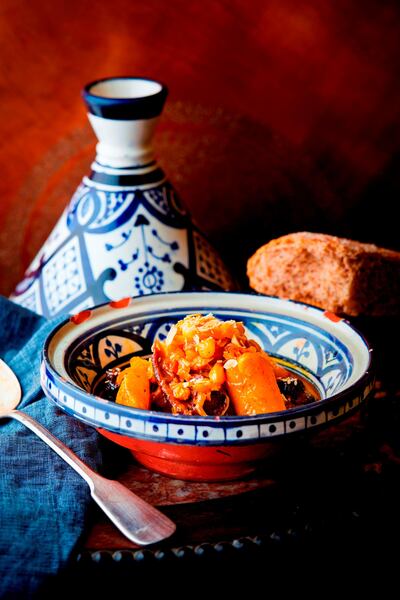
The two nations share conservation aspirations too
Even though separated by a huge distance, there are also connections that remind us that both Emiratis and Moroccans are essentially peoples of the desert.
The thousands of kilometres of sand that run unbroken from the Atlantic Ocean and the Atlas Mountains to the Rub’ al Khali Empty Quarter and the Arabian Sea join more than they divide.
One of three breeding centres for the endangered North African houbara was established by the Emirates Centre for Wildlife Propagation at Missour, 200 kilometres south of Fes in 1995. Thousands of birds, once pushed to the edge of extinction by indiscriminate hunting, have since been released into the wild in UAE sanctuaries. In the other direction, the first camel racing track was inaugurated by Sheikh Sultan bin Hamdan bin Zayed at the Tan-Tan Moussem festival of Berber tribes in 2016.
Both countries also have a history of independence. Neither was part of the Ottoman Empire that dominated the Middle East for hundreds of years and emerged successfully from the influence of Spain and France, and the British Empire respectively. That sense of stability, unfortunately rare in the current Middle East, could be seen this year when Pope Francis dedicated 2019 for a dialogue with the Islamic world.
To mark the 800th anniversary of the meeting in Egypt of St Francis of Assisi and Sultan Sultan Malik Al Kamil during the Crusades, the Pope selected two countries to bring his message of peaceful coexistence. They were the UAE and Morocco.
Morocco in Abu Dhabi is at Adnec until April 30
